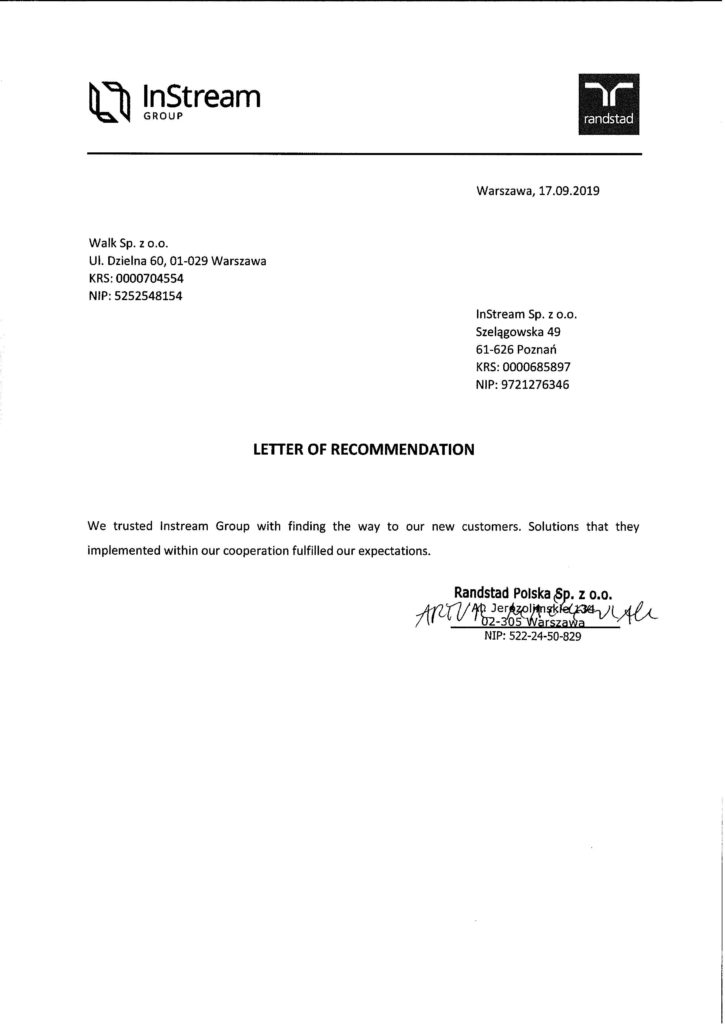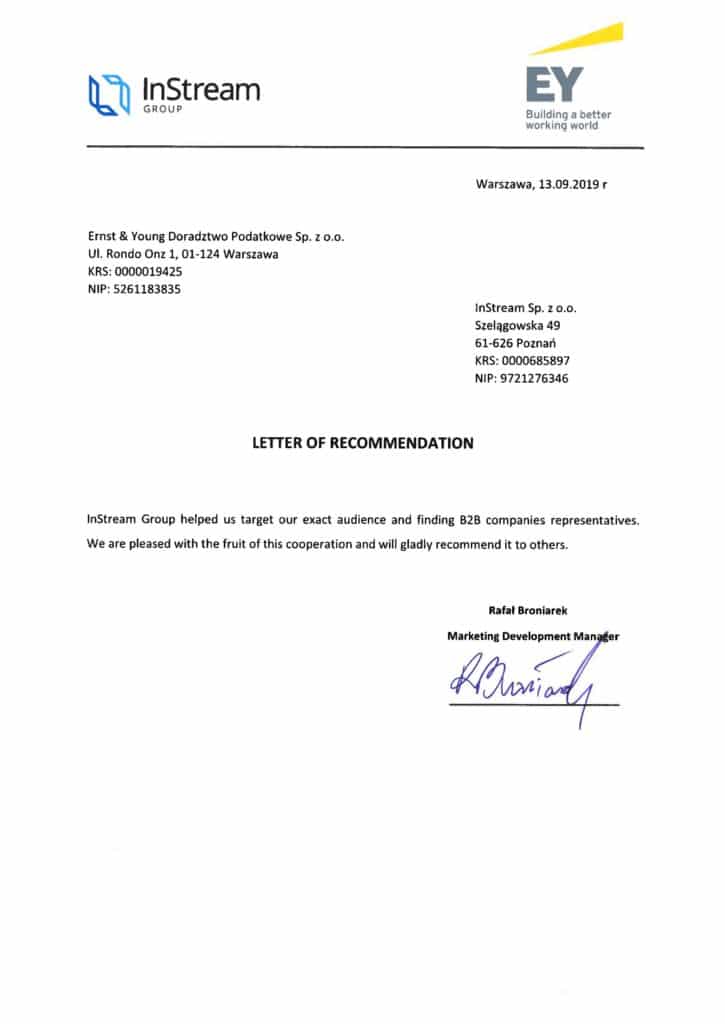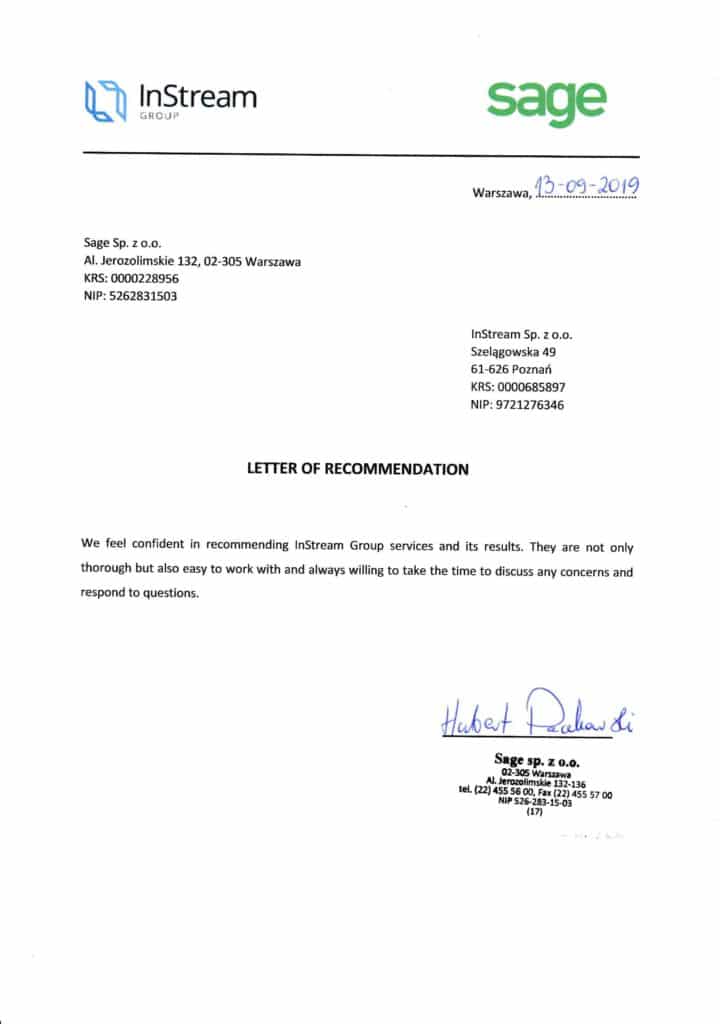Business-to-business Marketing (or B2B Marketing) is a type of marketing activity aimed at decision-makers in companies. It is used by companies that sell their products and services to other companies.
In contrast to consumer-oriented marketing (B2C), the purchasing decision is usually the responsibility of several people. And it is the number of people responsible for purchasing and their decisions on behalf of the whole organisation that distinguishes B2B from B2C marketing.
Where has it all started?
At a time when the Internet was not yet popular, the role of B2B marketer was played by well-trained salespeople. One of the tasks of a salesman was broadly understood customer education. The salesman had to make the clients aware of their problems and present the best solutions. Only then did the sales process begin.
When the Internet became popular, it turned out that there is an opportunity to raise awareness and educate customers in a more effective way than talking to an individual. The companies that realised this and applied well-managed content marketing in their strategy began to record significant increases in the number of clients. The statistics and figures behind this strategy leave no illusions. According to demandmetric.com, 91% of B2B marketers use this strategy, it is 62% cheaper than traditional methods and 78% of people reading a given article felt the improvement of relations with the brand standing behind the prepared content.
According to the MarketingProfs study, when asked what targets the company was aiming to achieve by using content marketing in 2017, the respondents indicated such answers as:
- 82% increase in brand awareness
- 83% lead generation
- 81% increase in commitment
- 66% lead nurturing – i.e. leading the customer from the first contact to sales
- 62% sales
- 56% improvement in customer loyalty
Marketing in the B2B segment is faced with demanding tasks, but undoubtedly the benefits of well-conducted activities in this area outweigh the costs.
What factors decide about a B2B purchase?
Business-to-business sales are not dependent on a single factor. The whole process consists of a lot of minor elements. Understanding the process and what factors determine its final success is the essence of well-conducted marketing and sales activities.
There are two types of factors influencing a purchase decision:
1. External factors
- Economic situation – the higher the price of the product sold and the more difficult the situation on the market, the greater willingness of decision-makers to give up purchasing.
- Political situation – regular changes in the law or changes in the geopolitical situation such as Brexit can have a decisive influence on the sales process.
- Competition – being always in the lead is one of the most important things in business. If competitive companies that are leaders in the industry start to apply some kind of solution, other companies feel under pressure and also implement the solution or look for an alternative.
2. Internal factors
- Technology – for some industries such as banks or insurance, technology can be decisive in choosing the target supplier for a product.
- Company’s business objectives – regardless of whether the company’s objective is to maintain its position as a leader in the industry or still to achieve it, well-conducted marketing should take into account the business objectives of the companies to which it addresses its message.
- Employees’ satisfaction with the new solution – employees satisfied with the solution can become strong partners in the negotiation process. When preparing a B2B marketing strategy, they must not be forgotten.
- The risks involved – in a large company, nobody wants to be blamed for a bad decision. Those deciding to buy must be convinced that they have chosen the best solution on the market, even if it costs more but minimises the risk of failure.
- Price – the financial situation in a company can often change, which can be an incentive to change the current solution provider.
These are only some of the factors responsible for making decisions in the B2B purchasing process. They may vary depending on the market on which the company operates.
The common feature, however, is that in B2B the time needed to make decisions is much longer than in B2C. It can take up to six months or a year from the first talks to sales. The marketing strategy should take this into account. Contact with what the marketing department has created should not end with obtaining a lead. And since leads are referred to…
How to source B2B leads and what are they?
Lead is a term used in sales and marketing to designate a potential customer. Many people have different interpretations of what exactly a potential client is, but most often it is a specific person or company that has expressed an interest in the product or service we offer.
An enormous number of sources of generating B2B leads exist, while two of them stand out significantly in terms of efficiency.
1. SEO – that is, promotion in search engines
71% of people looking for a solution for their company, start with research at Google before buying the product. (Google, 2015). On the other hand, as many as 72% of B2B marketers are satisfied with the results they get from their content creation activities (Ascend2, 2015). Although website positioning in Google does not bring effects overnight and often requires a lot of patience, the effects that dedicated work can bring are often very surprising. In the case of B2B marketing, one of the best methods of acquiring customers who are interested is to prepare high quality and interesting content.
2. Cold mailing – first an email and then a phone call
Most of us don’t like to be interrupted at work by someone calling and trying to sell something. Cold calling is a time-consuming and expensive way to get new customers. That is why cold mailing has been becoming increasingly popular for a couple of years now. It involves preparing an e-mail campaign for decision-makers in specific companies. The magic of this solution lies in the fact that nowadays, using portals such as LinkedIn, we can find an email address for the person we are interested in. Thanks to this, there is no need to get through the secretaries to the president of the company. We can send a personalised message directly to our target’s inbox. How do we know that this method is so effective? Because we use it for ourselves and our customers. You can read more about this method on our second blog http://instream.io/pl/blog/.
3. Social Media -this is where your potential customers spend time
Social media are excellent at attracting large amounts of traffic quickly. Many people believe that platforms such as Facebook and Twitter are not suitable for generating leads. They are a bit right about that, but as usual in marketing – not entirely. The role of social media in B2B marketing is not to generate hard sales. Facebook is a great place to communicate with your potential customers. However, it is not a place where you should link to the contact form on your website or present your offer at every step. Social media are very good at creating interaction with potential customers. Later on, this can contribute to increased sales.
4. Public Relations – it’s good that they talk well about us
Properly conducted cooperation with the media has many benefits: authority, trust, credibility, to name but a few. It is worth establishing good relations with journalists. This will allow your company to quickly disseminate information related to your business.
Conversion paths – there are many sources to reach the target
In B2B marketing, the decision-making process is so long that the potential customer rarely makes a decision right after he or she learns about your company’s existence. It is often the case that before your future lead goes to your company’s website he or she will have several interactions with previously prepared materials. It looks more or less like in the graphic below:

As you can see in this sample conversion path, before the final sale, the customer first uses Google to find the content that interests him. He finds the article that solves his problem, then thanks to the remarketing goes to the next article, signs up for the newsletter, then finds the LinkedIn post, decides to get in touch, the salesman sets the details of the offer and the sale takes place.
This may sound complicated, but it is still just a simplification. In fact, the whole process is much more complex. The user browses our website, each time he or she evaluates and forms an opinion, which later on will be of great importance in the process of making the final decision, asks his or her friends for their opinion, looks for a review, and so on.
Summary
B2B marketing is not as terrifying as it may seem. If someone has worked in B2C before, the first thing that will probably hit him or her is a smaller number of visits to the site. In the B2B segment it is very difficult to achieve similar results as in marketing to typical consumers. This is quite logical, there is much more of the latter. However, the reward is that we can create a relationship with every person and get to know each other better.
At the end of the day, our efforts are rewarded by e-mails such as those above – another opportunity to get to know your potential customer better.



